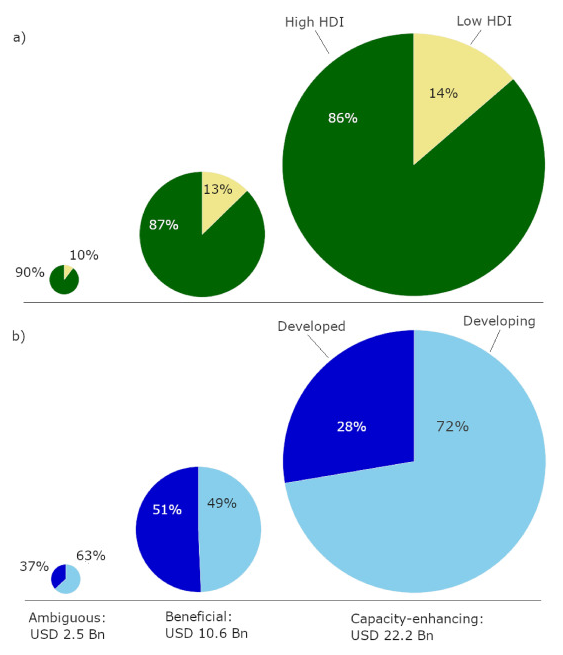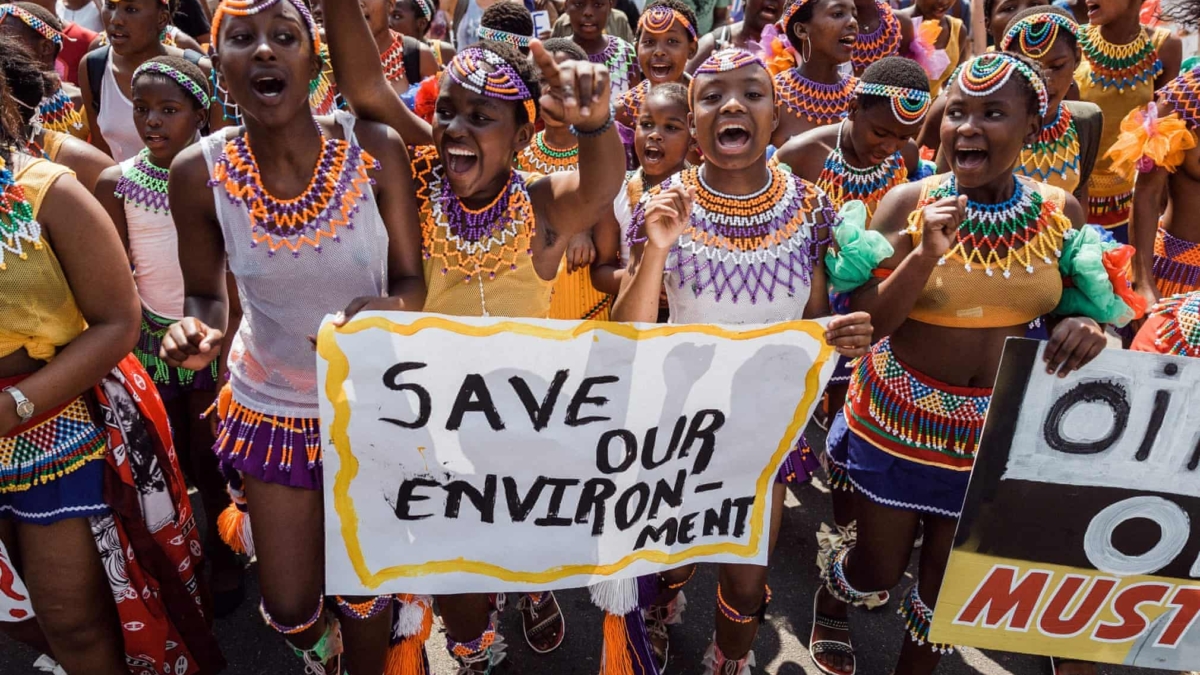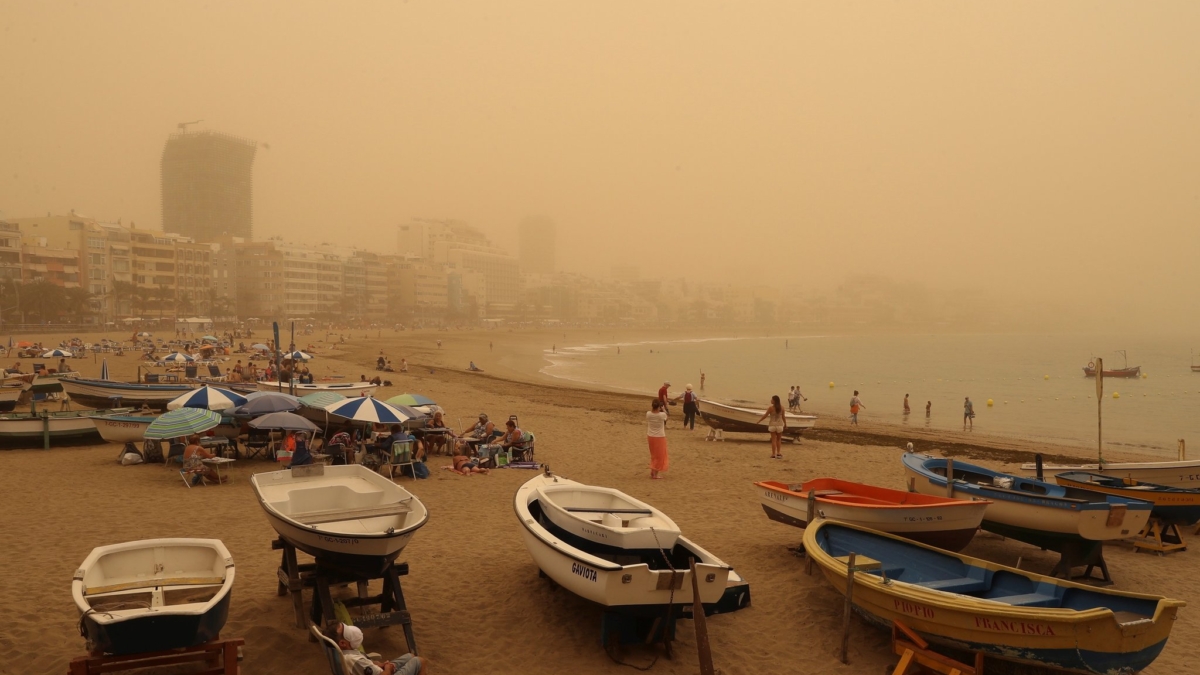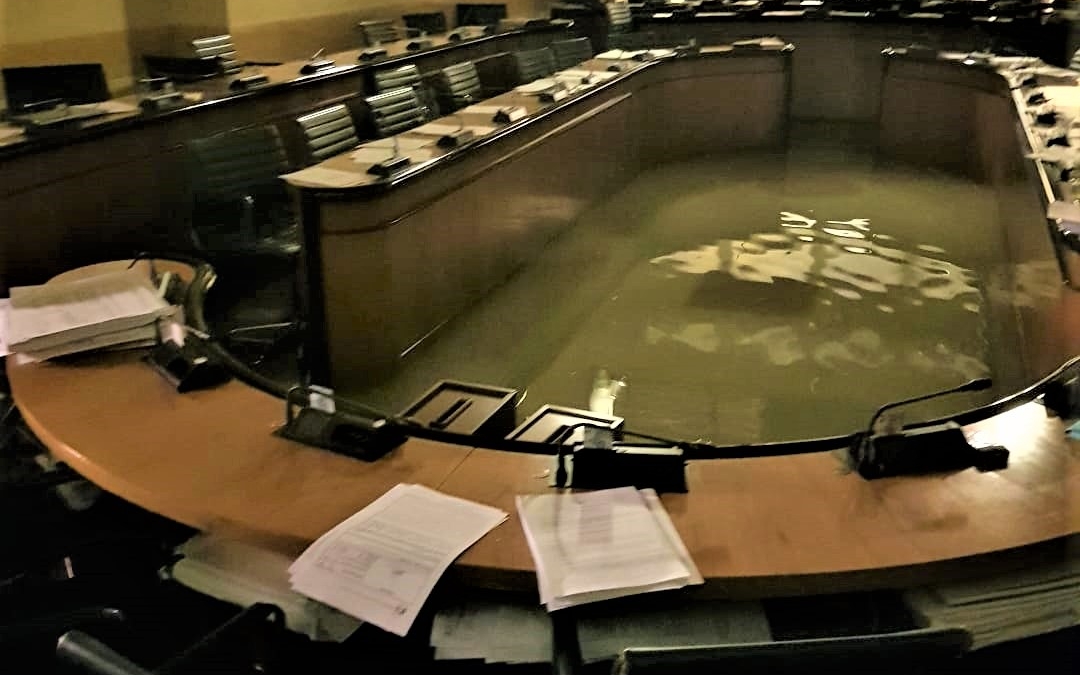The sea is running out of fish, despite nations’ pledges to stop it – Major countries that are promising to curtail funding for fisheries are nevertheless increasing handouts for their seafood industries

By Todd Woody
8 October 2019
(National Geographic) – As global fish stocks that feed hundreds of millions of people dwindle, nations are scrambling to finalize by year’s end an international agreement to ban government subsidies that fuel overfishing.
Yet as negotiations at the World Trade Organization resume this week in Geneva, Switzerland, new research shows that governments have actually increased financial support for fishing practices that decimate marine life, despite public pledges to curtail such handouts.
In an exhaustive survey of 152 countries, scientists at the University of British Columbia found that ocean-faring nations spent $22 billion on harmful subsidies in 2018, or 63 percent of the total amount expended to support the global fishing industry.
That’s a 6 percent rise since 2009. Harmful subsidies is a term that refers to those that promote overfishing and illegal fishing that would otherwise not be profitable, such as subsidies that underwrite fuel costs allowing industrial trawlers to sail to the farthest reaches of the planet. Fuel subsidies alone accounted for 22 percent of all fishing subsidies last year.
China, which operates the world’s largest overseas fishing fleet, has increased harmful subsidies by 105 percent over the past decade, according to the study published in Marine Policy.
“It’s hard to take much positive from this study, but it can be a rallying cry for governments as the WTO is in a position to end harmful subsidies and have a huge impact on the ocean,” says Isabel Jarrett, manager of Pew Charitable Trusts’ fishing subsidies program. Pew helped fund the research.
The clock is ticking
The findings underscore the high stakes in Geneva as only three months remain to meet a deadline to hammer out an agreement on fisheries subsidies.
Marine scientists and policy experts say a legally binding accord to ban destructive fishing subsidies is critical as climate change disrupts marine ecosystems. A landmark United Nations report issued in September found that the maximum catch from fisheries could decline by as much as 24.1 percent by the end of the century if greenhouse gas emissions continue unabated.
“After 20 years of discussions on fisheries subsidies within the WTO, the discussion on the technical aspects has been pretty much exhausted,” says Rémi Parmentier, director of Madrid-based consultancy the Varda Group and a longtime observer of the negotiations. “The key ingredient that is missing is the political will to push the negotiation to the finish line.” [more]
The sea is running out of fish, despite nations’ pledges to stop it
Updated estimates and analysis of global fisheries subsidies
ABSTRACT: The period from 2019 to 2020 is critical in determining whether the World Trade Organization (WTO), tasked with eliminating capacity-enhancing fisheries subsidies, can deliver to the world an agreement that will discipline subsidies that lead to overfishing. Here, following extensive data collection efforts, we present an update of the current scope, amount and analysis of the level of subsidisation of the fisheries sector worldwide. We estimate global fisheries subsidies at USD 35.4 billion in 2018, of which capacity-enhancing subsidies are USD 22.2 billion. The top five subsidising political entities (China, European Union, USA, Republic of Korea and Japan) contribute 58% (USD 20.5 billion) of the total estimated subsidy. The updated global figure has decreased since the most recent previous estimate from 2009, of USD 41.4 billion in 2018 constant dollars. The difference between these two estimates can be largely explained by improvements in methodology and the difference in the actual amount of subsidies provided. Thus, we consider direct statistical comparison of these numbers to be inappropriate. Having said that, the difference between the estimates suggest that the increase in fisheries subsidies provided in the preceding decades may have halted. Still, the bulk of harmful ‘capacity-enhancing’ subsidies, particularly those for fossil fuels have actually increased as a proportion of total subsidies. As such, for the benefit of marine ecosystems, and current and future generations of people, all hands must be on deck in helping the WTO reach a meaningful agreement to discipline subsidies that lead to overcapacity and overfishing. […]
We find that:
- USD 35.4 billion were provided as subsidies by public entities in 2018 dollars;
- Capacity-enhancing subsidies constituted the highest category provided, at over USD 22.2 billion;
- For all regions, capacity-enhancing subsidies are greater than other categories, except North America and Oceania, which provide greater beneficial subsidies;
- Fuel subsidies (including fuel specific tax exemptions) is the largest subsidy type at 22% of the total global subsidy, followed by subsidies for fisheries management (19% of the total) and non-fuel tax exemptions (15% of the total);
- Asia, including China, is by far the greatest subsidising region (55% of the total), followed by Europe (18% of the total), and North America (13% of the total);
- China provides the highest amount of subsidies among nations (21% of the total), followed by the USA and the Republic of Korea (10% and 9% of the total, respectively). Member States of the European Union collectively provide 11% of global fisheries subsidies. Most subsidies provided by China and Korea are classified as capacity-enhancing subsidies. In the case of the United States, beneficial subsidies dominate. [more]
Updated estimates and analysis of global fisheries subsidies


